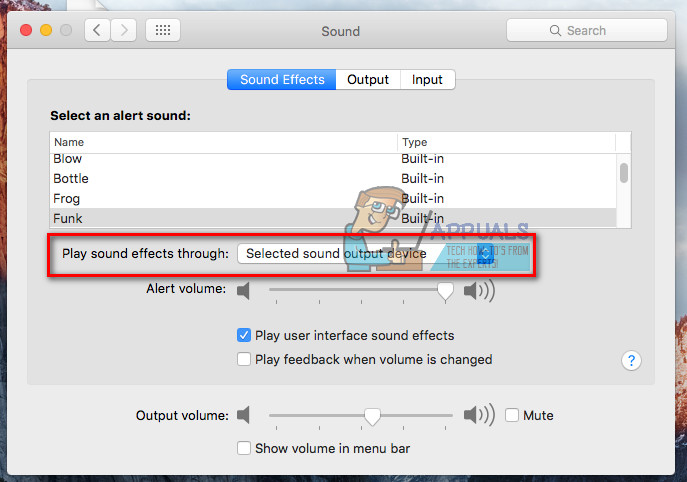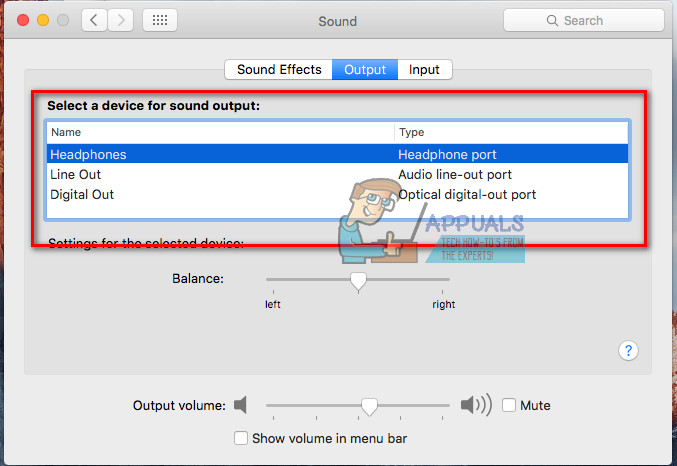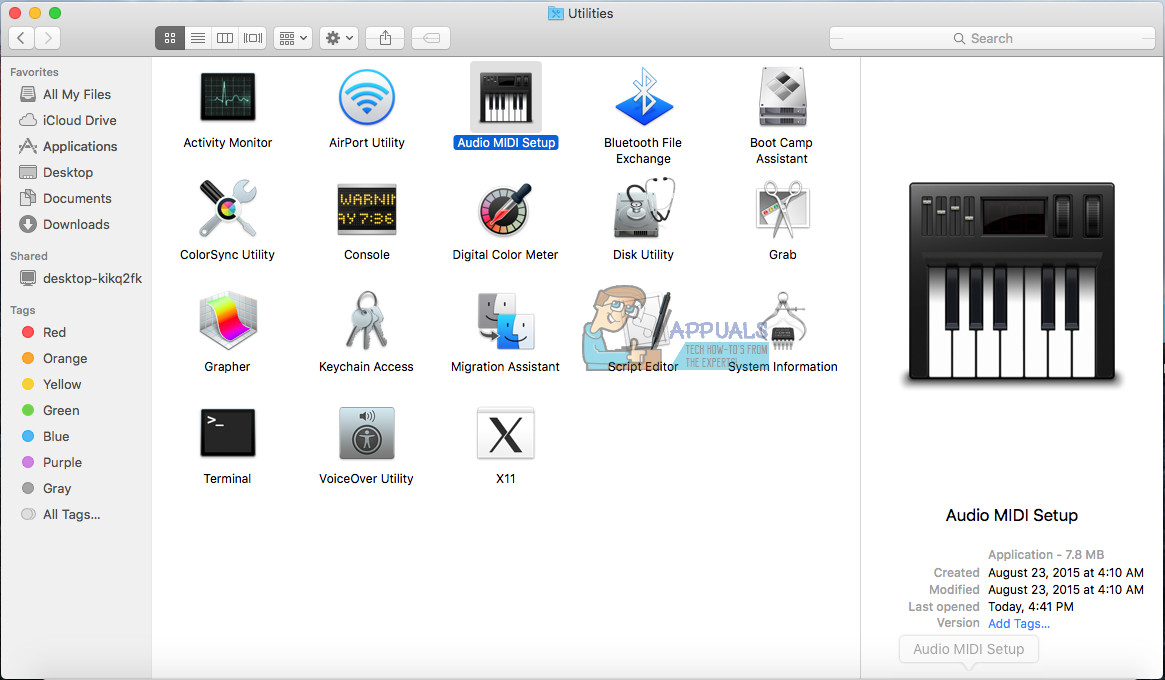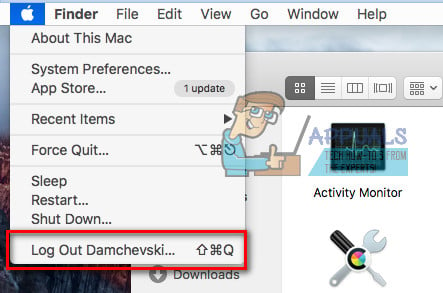Note: If you are using MacBook Pro which is older than the mid-2010 model, keep in mind that it does not support passing audio through the Mini Display Port.
Fix #1: Select Your TV as a Sound Output Device
Now, test if this solved your problem. If it didn’t, check the following method.
Fix #2: Adjust System Preferences
Fix #3: Set Format to 41000.00Hz
Note: You may have to do some or all of the above steps to get sound coming out of your TV when connected using a DisplayPort-to-HDMI cable to your MacBook Pro. Now make sure you let us know which method worked for you in the comment section below. It would be a great help to our readers.
Fix #4: Power Cycling both Devices
If none of the methods work, then we can attempt at power cycling our devices. There are numerous instances where either of the device involved could be in an error configuration which might be glitching the HDMI sound. Power cycling would force both devices to reset their configurations and in most cases, solve the problem.
Fix #5: Turning off Monitor
Another workaround that worked for a number of people was simply turning off the monitor and then turning it back on. This is a quick workaround but seemed to work for a number of people. Here, users reported that simply turning off the monitor while the MacBook was working solved the problem for them. Make sure that you keep the HDMI cable connected throughout.
Fix: HDMI to HDMI Not WorkingFix: HDMI Sound Not WorkingHow to Fix USB to HDMI Adapter not WorkingFix: HDMI not Showing up in Playback Devices




